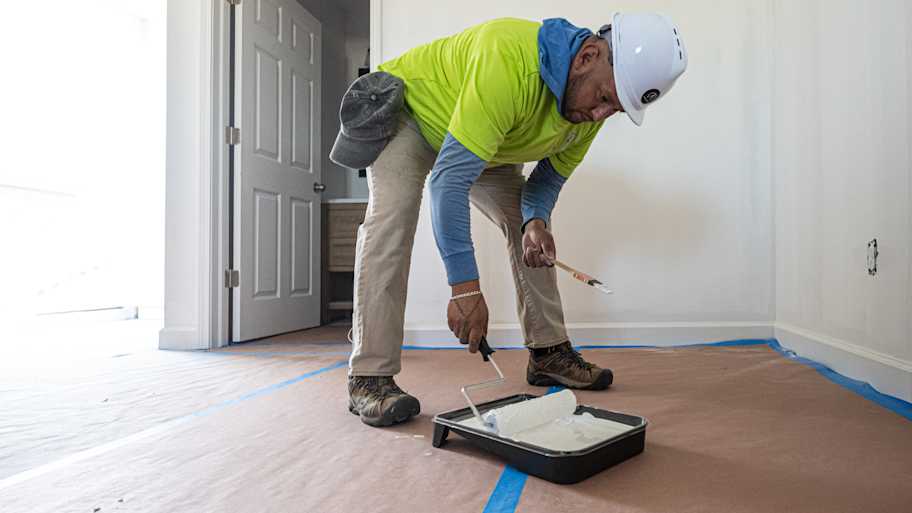What Type of Paint and Finish Is Best for Bathrooms?
There’s a science to steamy bathroom paint selection
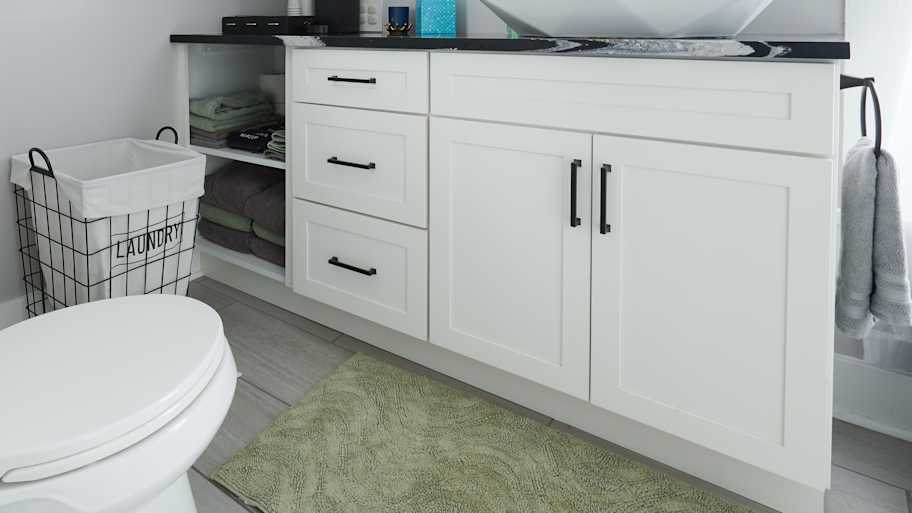

When relaxing in the tub after a long day, you don’t want to look at peeling wall paint covered in mold and mildew. But that’s the decorating disaster you could face if you don’t pick the best paint for your bathroom.
Some types of paint finishes are more likely to absorb sink splashes and condensation. Opt for a bathroom-befitting formula with mold-resistant properties to avoid getting the brushes out annually. Follow these top tips to find the best paint for your bathroom and learn why proper prep work is a prerequisite for a home painting project.
1. High-Gloss or Semi-Gloss Paint
Typically, high-gloss is the most durable, easy-to-clean, and moisture- and mold-resistant paint finish. But that doesn’t mean it is always the best paint for bathrooms. It’s ideal to use high-gloss paint on features like the bathroom door, window frames, or vanity cabinet drawers.
Semi-gloss shares the qualities of high-gloss but on a less extreme level. That’s why it’s a go-to choice for painting bathroom walls.
| Pros | Cons |
|---|---|
| Long-lasting | High sheen may be too reflective |
| Easy to clean | Shows wall imperfections |
| Moisture- and mold-resistant | More expensive than other finishes |
| Withstands temperature fluctuations | Water droplets sit on the surface |
| Ideal for high-traffic trim and accents | Difficult to apply |
Valspar® Ultra High Gloss Paint + Primer
ECOS Semi-Gloss Paint
Benjamin Moore® ADVANCE High Gloss Interior/Exterior Paint
2. Satin Paint
Durable and moisture-resistant but not too shiny, it’s no wonder satin finishes are popular paint types for bathroom walls. The cost to paint a room with satin paint typically ranges from $12 to $72 per gallon.
| Pros | Cons |
|---|---|
| Affordable | Difficult to sanitize |
| Water-resistant | Less durable than gloss paints |
| Good for walls, ceilings, and trim | May require more frequent repainting |
Glidden® Premium Satin Interior Latex
Sherwin-Williams® SuperPaint Satin Interior Acrylic Latex
3. Eggshell, Matte, or Flat Paint
Traditionally, these paint finish types aren’t the best for bathrooms. However, some brands produce premium eggshell or matte paints with moisture-resistant properties, making them suitable for these high-humidity havens. If you’re debating between eggshell vs. satin paint, consider which suits your bathroom’s needs best.
These pros and cons relate to standard flat paint finishes, with eggshell being slightly more durable than matte finishes.
| Pros | Cons |
|---|---|
| Hides flaws and imperfections | Absorbs light instead of reflecting it |
| Rich color and luxe look | Holds moisture and encourages mildew |
| Economical | Stains easily and difficult to clean |
| Easy to apply | Scrubbing can affect the finish |
Behr® Marquee Interior Matte
Sherwin-Williams® Premium Interior Latex Matte Finish
Benjamin Moore® Regal Select Interior Paint - Eggshell
What to Consider When Choosing a Bathroom Paint

It’s not just the finish you want to focus on when selecting the best paint for your bathroom. Because the bathroom is such a humid environment, paint that discourages mold and mildew growth and is resistant to moisture buildup will perform better and last longer. The type of paint you use can make a difference as well. Look for the following properties during your paint search.
Moisture Repellent Properties
If your bathroom isn’t well-ventilated and frequently fogs up with condensation, look for paint with moisture-repellent properties. You might see them marketed as “washable” because the tighter paint particles mean dirt and water won’t penetrate the finish.
Mold and Mildew Resistance
A moisture-resistant paint means minimal mold and mildew buildup. But some paints also have antimicrobial or fungicide additives, which is ideal for avoiding unsightly, harmful black blobs in your bathroom. Keeping your bathroom well-ventilated also helps prevent mold from accumulating.
Oil vs. Latex Paint
Oil-based rather than latex paints were historically a popular choice for bathrooms. They’re durable, easy to clean, and moisture-resistant. On the downside, they release high levels of harmful odorous volatile organic compounds (VOCs) into the air. Nowadays, plenty of latex (water-based) paints offer these qualities while being safer, quicker to apply and dry, and more environmentally friendly.
DIY vs. Hiring a Pro to Paint Your Bathroom
The cost to paint a bathroom ranges from $200 to $500 on average. However, bathroom size and complexity are the biggest cost factors, and your cost may exceed the average range for some projects. For example, expect to pay up to $900 for a full repainting job that includes the walls, ceilings, and trim.
Many homeowners take on painting projects themselves, and bathrooms are often small enough to be manageable, even for beginners. However, bathrooms often involve tight corners and plumbing fixtures that make DIY painting challenging. Instead of risking an improper DIY paint job that doesn't look or perform as intended, you can hire an interior painter near you. If you can afford the additional cost of labor, you'll save yourself time and guarantee a professional-looking outcome.
Frequently Asked Questions
The best paint to prevent mold on bathroom walls is one with a glossy sheen. If you choose a satin or semi-gloss finish for a humid room such as a bathroom, its hard surface will deflect moisture rather than absorb it the way a matte or eggshell paint might. Glossy paint has the bonus of being easy to clean, which is a useful feature in a bathroom.
The best paint for a high-moisture bathroom ceiling is a water-based latex paint. Latex dries quickly and offers the best moisture resistance. A glossy finish like satin or semi-gloss adds another layer of protection against the humidity in the room. Also, unlike oil-based paint, water-based paint is much easier to scrub clean without causing damage.
In terms of durability, the best paint for a bathroom is a semi-gloss paint. Higher gloss finishes are the most durable, easy-to-clean, and mold-resistant options. However, semi-gloss paint is better suited to walls and ceilings than high-gloss paint, which tends to highlight imperfections and is better suited to details like trim, window frames, and cabinetry.
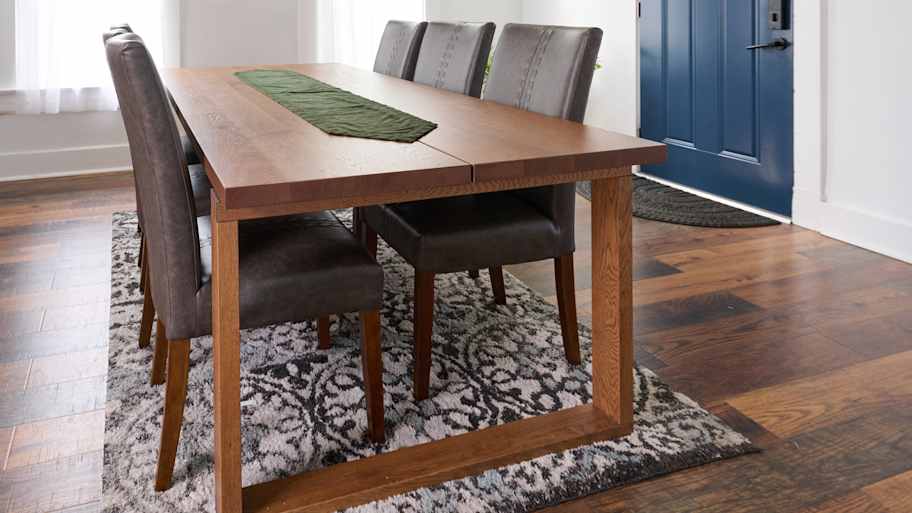
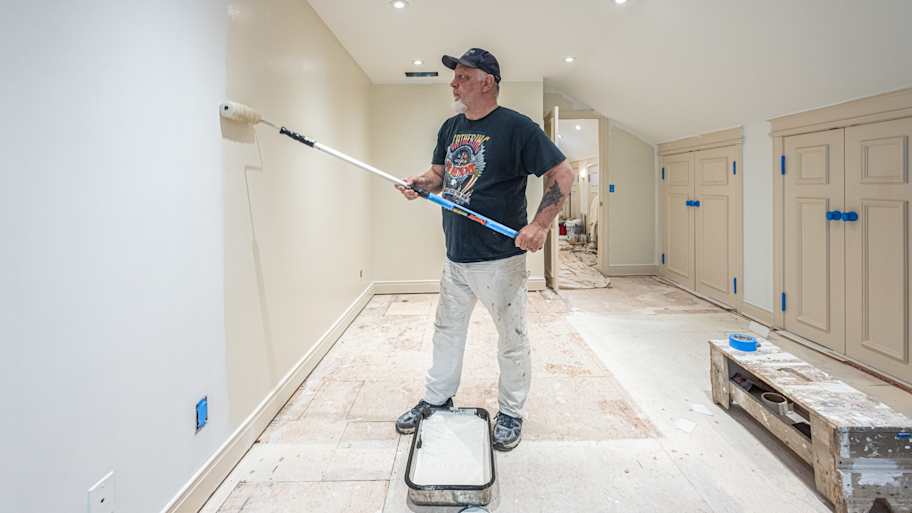
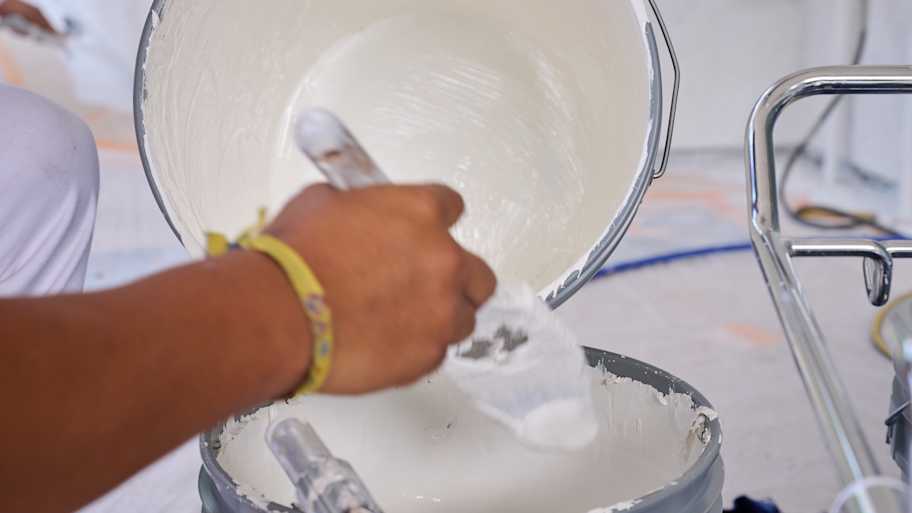
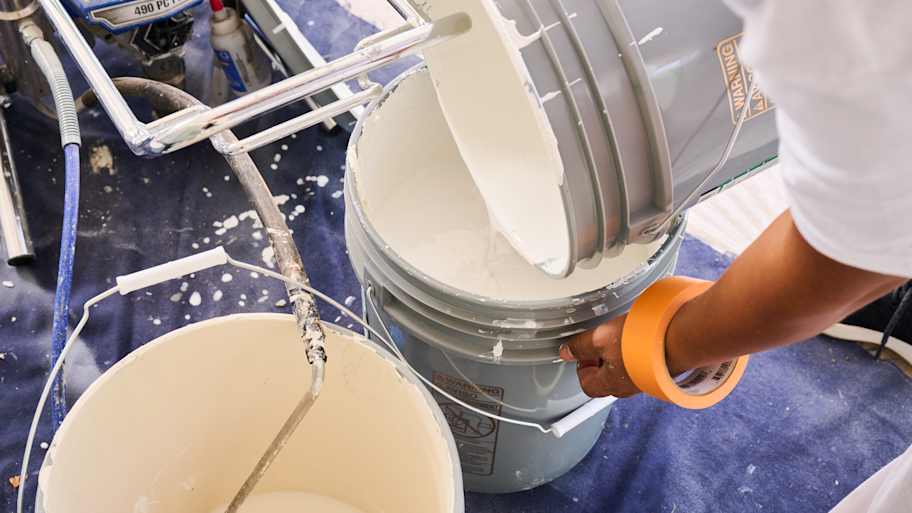
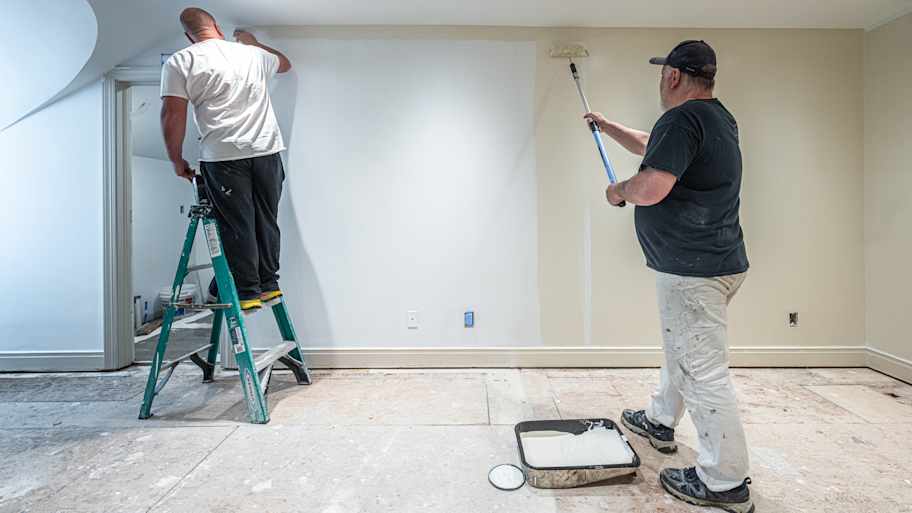
- The Best Bathroom Ceiling Paint
- Does Shower Steam Affect Paint?
- The 5 Best Paint Sheens for Bathrooms
- Best Paint Finish For Bathroom: A Complete Guide
- How to Paint a Bathroom Step-by-Step
- The Ultimate Guide to the 5 Types of Paint Finishes
- Best Bathroom Vanity Paint and Finish: A Homeowner’s Guide
- Best Paint for Walls: Which Type Is Right for Your Project?
- What Is the Best Paint Sheen for Kitchens?
- Types of Paint: Which Is Best for Your Project?



